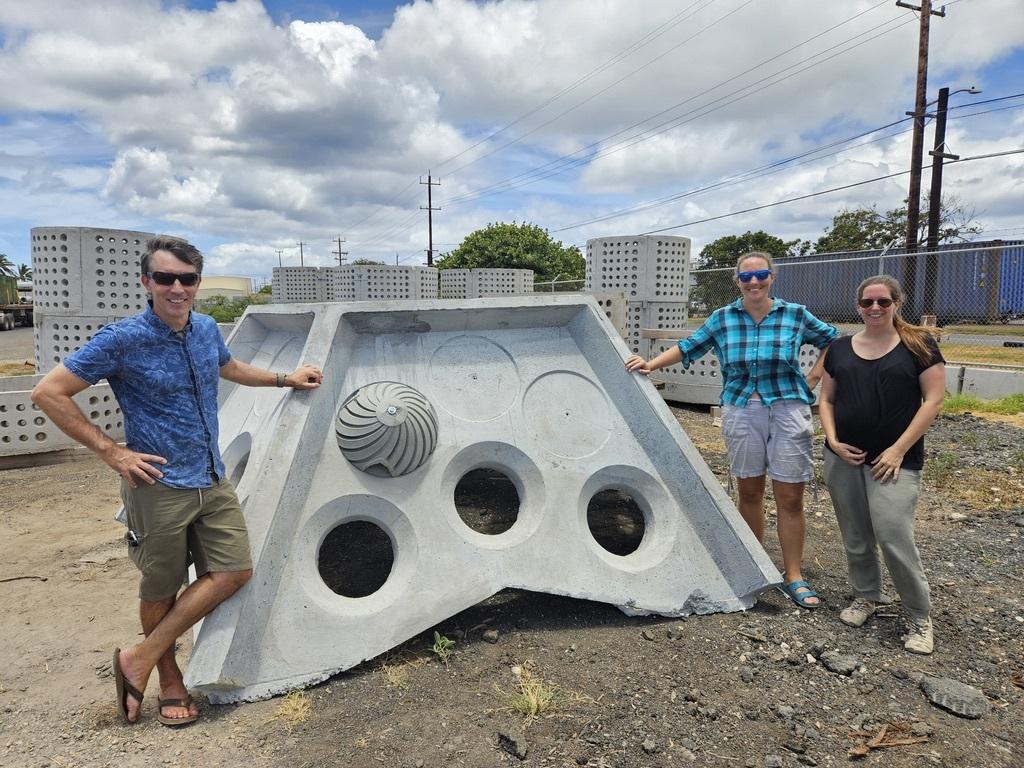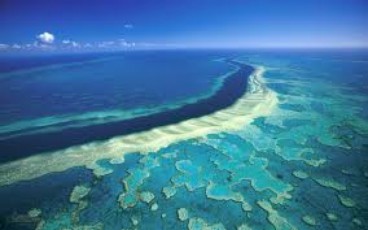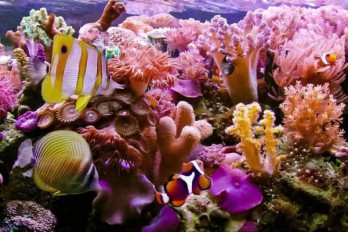3D-printed ceramic helix structures aid reef recovery and coastal resilience

Researchers at the University of Hawaiʻi at Mānoa have developed and field-tested novel 3D-printed ceramic modules designed to boost survival and settlement rates of juvenile corals. These spiral-shaped microhabitats, named “helix recesses”, mimic natural reef crevices and provide refuge to coral larvae from predation, overgrowth, or dislodgement by water flow, dramatically improving coral restoration outcomes.
While fragmentation and outplanting of mature corals have been successful in some contexts, juvenile corals often fail to survive the early life stages. Larvae may not find suitable settling sites, or may perish quickly after settlement. To overcome this, the Hawaiʻi researchers fabricated small ceramic modules using a 3D clay printer, then fired them into durable structures. Each module is about a foot in diameter and incorporates microscopic spiral grooves or cavities where larvae can settle safely.
In field experiments, the researchers deployed seven distinct module designs at two reef sites in Kāne‘ohe Bay and monitored settlement and survival over a year. The helix recess design outperformed flat and less engineered configurations by orders of magnitude: settlement rates on the helix structures were about 80 times higher than on flat surfaces, and survival of recruits was up to 50 times greater over the year-long study period. Thousands of baby corals were observed clustering in these microhabitats, in contrast to minimal settlement on unmodified surfaces.
The researchers suggest the success stems from the modules’ ability to replicate the “safe spaces” that coral larvae naturally prefer. By recreating this microtopography intentionally, the structures guide larvae to settle in biologically favorable zones. As lead author Jessica Reichert noted: “We wondered if we could recreate these safe spaces in structures that could be easily added to reefs for restoration or built into coastal infrastructure.”
Source: University of Hawaiʻi at Mānoa
Want to read more like this story?

Australia’s Great Barrier Reef is about to die
Dec, 21, 2016 | NewsThe world’s largest coral reef is threatened by climate change The world’s largest co...

Chemical-based sunscreens to be banned in Hawaii by 2018
Oct, 14, 2016 | NewsThe substance Oxybenzone has been found to have toxic effects on young corals causing endocrine disr...

Revolutionary 3D-Printed Clay Reefs Enhance Biodiversity in the Maas River
Jul, 10, 2024 | NewsInnovative Solution for Erosion Control Rijkswaterstaat is implementing a groundbreaking solution...

Revolutionizing Military Engineering with 3D-Printed Concrete Structures
Dec, 09, 2024 | NewsWhen military missions require immediate infrastructure such as bridges or buildings, shipping mate...

NASA's competition to design 3D-printed structures on Mars and moon
Apr, 22, 2019 | NewsNasa has awarded a $100,000 price to three winning teams that developed 3D-printed structures suitab...

World’s first 3D-printed mosque to be constructed in Dubai
May, 04, 2023 | NewsDubai announced that the construction of the world’s first 3D-printed mosque will start at the end...
World’s largest 3D printed building in Florida completed
Jun, 20, 2023 | NewsPrinted Farms, renowned for constructing Florida's initial authorized 3D printed house in Tallahass...

This giant steel kraken was purposely sunk with an old WW2 ship, to create an artificial coral reef
Oct, 24, 2017 | NewsThe project, titled BVI Art Reef, is located near the British Virgin Islands The project, titled BV...
Geotechnical Earthquake Engineering - A Berkeley Virtual Short Course Series
Nov, 14, 2024 | EventUC Berkeley faculty does it again! The "Geotechnical Earthquake Engineering" series is offered from...
Trending

Vertical gardens in Mexico City to combat pollution

Saudi Park Closed After 360 Big Pendulum Ride Crashes to Ground, 23 injured

Characteristics of Load Bearing Masonry Construction

Taipei 101’s impressive tuned mass damper

Dutch greenhouses have revolutionized modern farming

Federal court rules Biden’s offshore drilling ban unlawful


